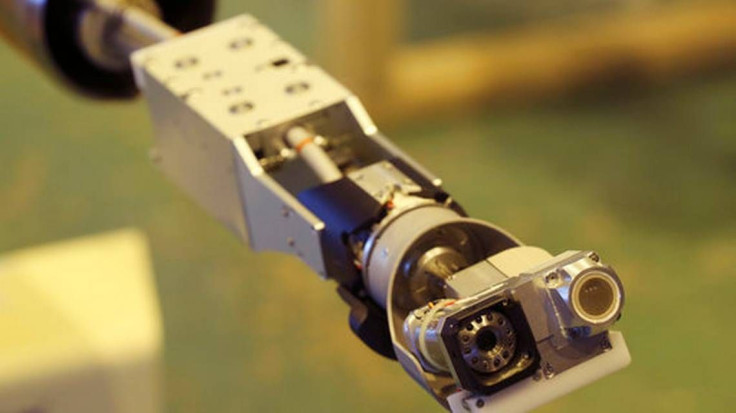Toshiba Unveils 43-Feet Long Device To Study Unexplored Regions Of Fukushima Reactors

Toshiba Corporation's energy division has just unveiled a long telescopic pipe carrying a pan-tilt camera designed to probe one of the reactors of the fateful Fukushima nuclear plant that was ravaged by a tsunami in 2011.
The around 43-feet long steel device was presented to the world at a media conference Friday, said a report by Brandenton Herald.
The length of the device will facilitate an in-depth study, literally, of the reactor and the events after the tsunami that caused massive leakage for nearly three days — the effects of which are felt even today and will be for generations to come.
The officials want to study areas in the nuclear plant's Unit 2, which was the primary containment vessel for the entire plant. What happened inside the plant, especially Unit 2 is still a giant mystery.
Other areas following the meltdown have been studied and a detailed route of the happenings of the initial days has been plotted out.
But a thorough study of Unit 2 will be essential to understand the damage in the vicinity and the radioactive materials that were emitted.
The fuel reactors melted after the tsunami shut off the emergency generators required to keep the volatile reactors cool. This led to three nuclear meltdowns.
So far, we know that a series of Hydrogen gas explosions followed the meltdown which caused massive amounts of radioactive material to be released.
Previous analysis of the area back in 2012 recorded radiation levels of 73 sieverts per hour in the same area. The new discovery was reported by IBTimes back in Feb.
To make this discovery, three manned camera s were used which captured images inside the now impossible to reach reactors. They were mounted on a robot to study the state of the reactors. But now, a more hands-on approach is needed to study Unit 2.
"We believe the captured images offer very useful information, but we still need to investigate given that it is very difficult to assume the actual condition inside," the team studying the reactors said in Feb.
In the earlier findings, a hole was reported in the pressure vessel. The images taken by the bot-held camera showed the hole. The team says that it may have been the result of nuclear fuel entering the vessel as it overheated.
"It may have been caused by nuclear fuel that would have melted and made a hole in the vessel, but it is only a hypothesis at this stage," the report quoted a team spokesperson as saying.
A World Health Organisation (WHO) follow-up report of the disaster said that the residents of Fukushima received between one and 10 milliSieverts of radiation after one year of the explosions.
To put that into perspective, a patient receiving a full-body CT scan would receive around 10 mSv of radiation. Scientists have found that for any clear indication of increased cancer risk, a person would have to endure an annual total of 100 mSv.
© Copyright IBTimes 2024. All rights reserved.





















